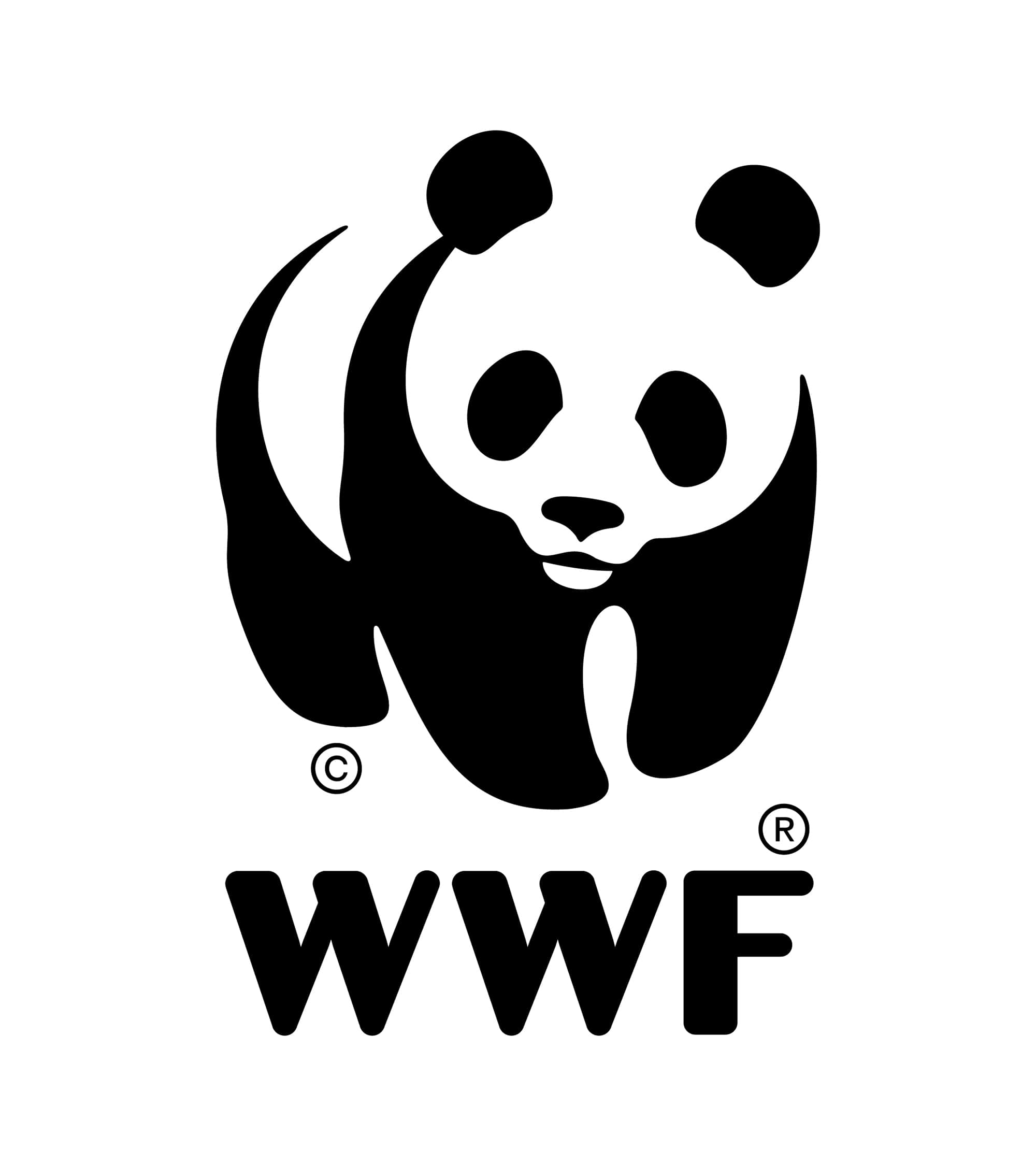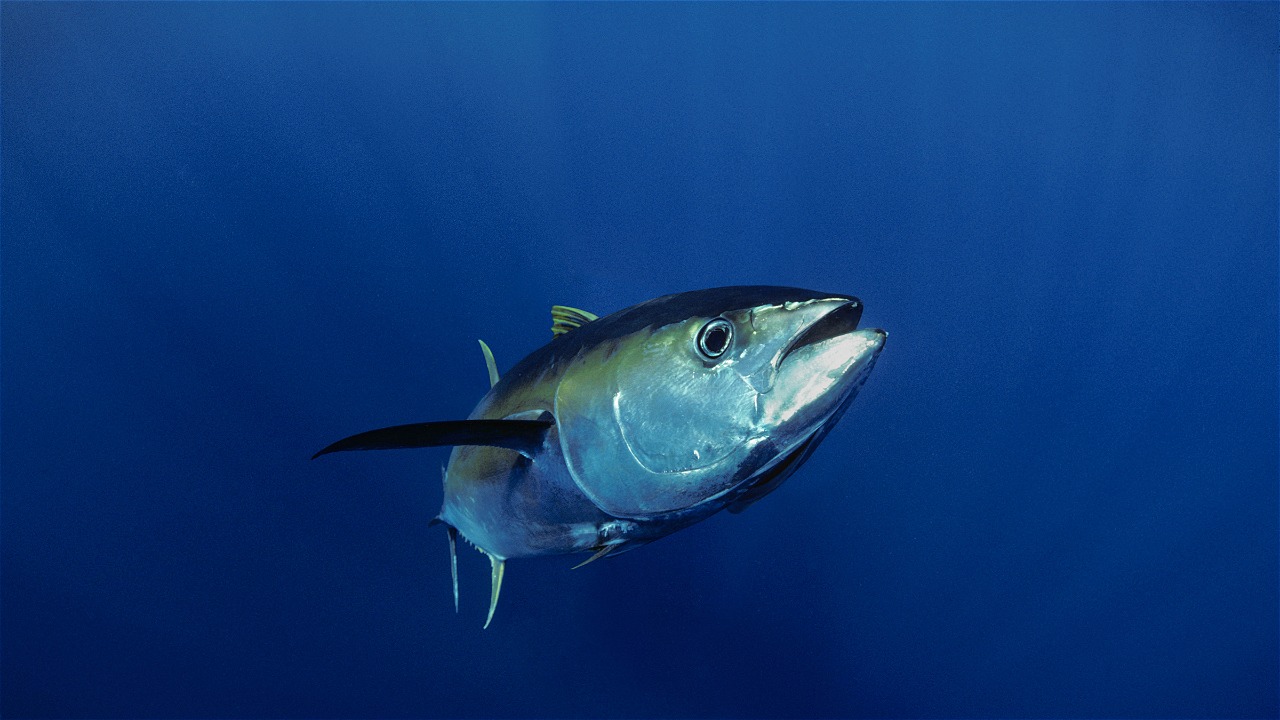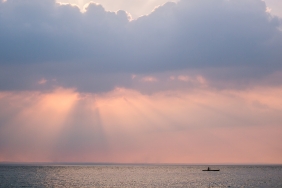WWF'S IMPORTANT STEP TOWARDS BETTER TUNA MANAGEMENT IN WAKATOBI
By: Muhammad Yusuf
Wakatobi (06/04)-In a collaboration with WWF-Coral Triangle Network Initiative (WWF-CTNI), Marine Conservation Science Institute (MCSI), and Secretariat of the Pasific Community (SPC), WWF-Indonesia carries out tuna tagging programme in Wakatobi islands, South East Sulawesi. The programme is aimed to gain information regarding the condition of tuna habitat. It records pressure, light level, sea temperature, movement and migration of tuna as well as identifies spawning “hot spot” for tuna. The new understanding of the migratory behaviour of this enigmatic species is expected to help make fisheries management more sustainable.
The tagging activity is undertaken through two phases. The first was conducted on 27 November-6 December 2010 and second phase took place on 14 March-beginning of April 2011. Wakatobi is a national park which is one of the WWF-Indonesia MPAs (Marine Protected Area). Wakatobi was chosen since it is recognized as fishing ground and migration location of tuna and the heart of World Coral Triangle.
The team involved in the project was Executive Director of MCSI Michael Domeier, Jose Jingles from WWF-CTNI, Muhammad Yusuf (WWF-Indonesia), Sugiyanta (WWF-Indonesia), Abdullah Habibi (WWF-Indonesia), Hari Santoso (Wakatobi National Park Office), Thomas Hidayat and Tegoeh Noegroho (Research Institute for Marine Fisheries, The Ministry of Marine Affairs and Fisheries), Hardin dan Amrullah (Wakatobi Marine and Fisheries Office), Cristian (internship student from United States) and some WWF-Indonesia Wakatobi staffs.
The tuna tagging was conducted using tho methods, pop-up satellite tags and archival tags. The pop-up tags are directly monitored by the satellite and can stay on a tune for only 1 year. Then, they will be automatically released or they will be released by the fishermen. The pop-up tags were attached near the tuna’s dorsal fin. After the tags float to the water’s surface, they relay their stored information to a satellite. That information is then downloaded to a computer.
Meanwhile the archival tags are miniature computerised data recorders that are surgically implanted into the peritoneal cavity of a tuna. They will remain stay on a tuna for 2-4 years. Once the tagged tuna is caught, the tag should be relased which enable us to download the data. If the fishermen found the tagged tuna, they are suggested to report to WWF or Marine and Fisheries Office. If they do so, they will get repayment.
Before carrying out the tagging activities, the tagging team joined short training by Michael Domeier. The tuna used to demonstrate the tagging process is tuna caught by the fishermen.The tagging team then go to the sea with a group of fishermen and do tagging on the speed boat. Until now, 9 pop-up tags, 33 archival tags, and 1 double tag were attached in 43 tuna.
The length of archival tagged tuna ranged from 72-148 cm, pop-ups are up to 140 cm and double tag is 162 cm.
The lightest weight is 12 kg while the heaviest 12 94 kg. The data recorded through satellite is being compiled by Michael Domeier in the United States while waiting other data which will be downloaded from the archival tags. WWF-Indonesia staff in Wakatobi are now able to conduct the tuna tagging theirselves as they continue developing the tuna tagging research.
The comprehensive scientific data regarding tuna condition and its ecological character will also discover tuna key area such as the location of its migration, breeding and spawning area. Those information are essential to accelerate better tuna management in an attempt to conserve those spesies as well as ensure the utilization of tuna in providing good livelihoods to communities around the area.





